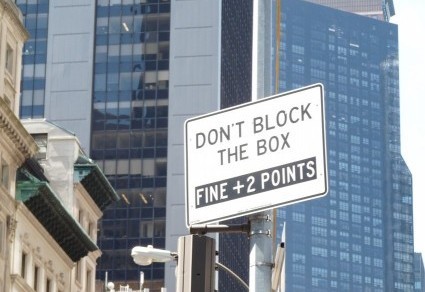Why? Such a simple question. Unfortunately, the answer may be anything but, especially when it comes to signs, as in “why did they write that, in that way?”
My friend Amy sent this photo:

There’s some punctuation missing from the sentence beginning with wildlife. A comma after area would directly address wildlife, telling them to be cautious. That interpretation gives rise to two questions: (1) Aren’t wildlife instinctively cautious? and (2) Can wildlife read? Another possibility is that a colon went AWOL from its spot following area. Reinsert it and the sentence becomes a command to be cautious, addressed to whoever is supposed to STAY OUT. That’s more logical but probably ineffective, because some forms of wildlife (the human variety) are capable of interpreting a simple prohibition as a dare. Side point: can somebody please explain the rationale behind the capital-letter and period distribution?
I spotted this sign in a botanical garden on the east bank of the Hudson River:

The Shop is stocked with unusual items, and I’m always interested in checking out a sale. I didn’t buy anything during my visit, though, because I spent my time wondering why at is italicized. Also, why at? What’s wrong with The Shop in Wave Hill or The Shop of Wave Hill? Even The Shop for Wave Hill makes sense, as this is a nonprofit.
My friend Jacqueline found this message in a fortune cookie she cracked open after dinner at (unitalicized!) our favorite Chinese restaurant:

She pointed out that what is right and what you should do are generally supposed to be the same thing. Right?
I welcome your theories about (or for, on, or even at) these signs.



































